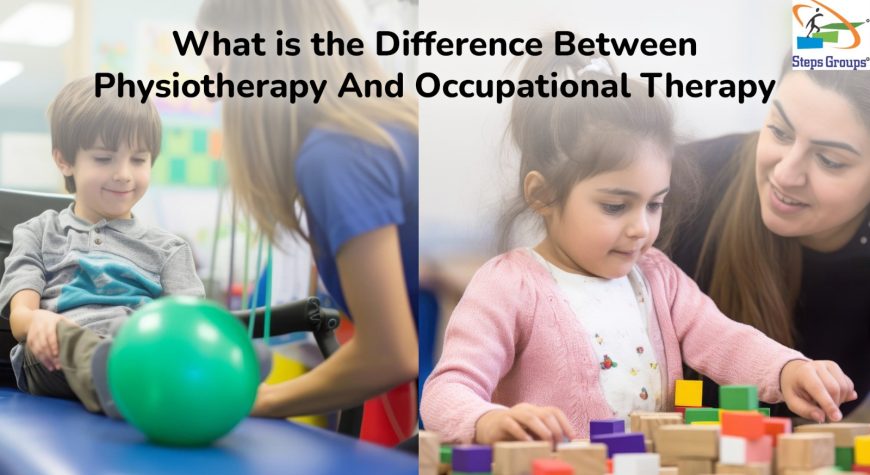What is the Difference Between Physiotherapy And Occupational Therapy

When it comes to rehabilitation and therapy, physiotherapy and occupational therapy are two commonly confused terms. Both play crucial roles in helping individuals recover and regain functionality, but they focus on different aspects of well-being and rehabilitation. Understanding the difference between physiotherapy and occupational therapy can help you choose the right type of therapy based on your specific needs. So, what’s the difference between physiotherapy and occupational therapy? Let’s understand this!
Physiotherapy primarily aims at improving a person’s ability to move and function physically. It focuses on the body’s mechanics and works through exercises, massages, and other techniques to treat injuries, alleviate pain, and prevent future physical issues. Physiotherapists help patients recover mobility after injuries or surgeries and manage chronic conditions like arthritis. The main goal is to enhance physical abilities and movement to promote independence and prevent further injury.
On the other hand, occupational therapy is more about helping individuals perform everyday tasks that are crucial to their daily lives and work. This type of therapy is not just for those recovering from physical conditions; it also supports people who have mental health issues, developmental disorders, or cognitive impairments. Occupational therapists work on a broader scope, which includes helping patients improve their cognitive, physical, and motor skills to better manage daily activities such as eating, dressing, and working. The primary focus of occupational therapy is to enable independence and productivity in all areas of life, not just physical health.
Another key difference between physiotherapy and occupational therapy lies in the approach to therapy. While physiotherapy may use equipment and exercises to strengthen specific parts of the body, occupational therapy often involves adapting the environment or using special tools to help the patient perform tasks more effectively. For example, an occupational therapist might recommend special utensils for someone who struggles with hand movements due to arthritis.
For anyone looking to explore these services further, many rehabilitation centers offer both physiotherapy and occupational therapy, providing a comprehensive approach to healing and improving life quality. If you are in need of such services, it’s crucial to consult with professionals who can guide you to the right therapy based on your specific conditions and goals.


